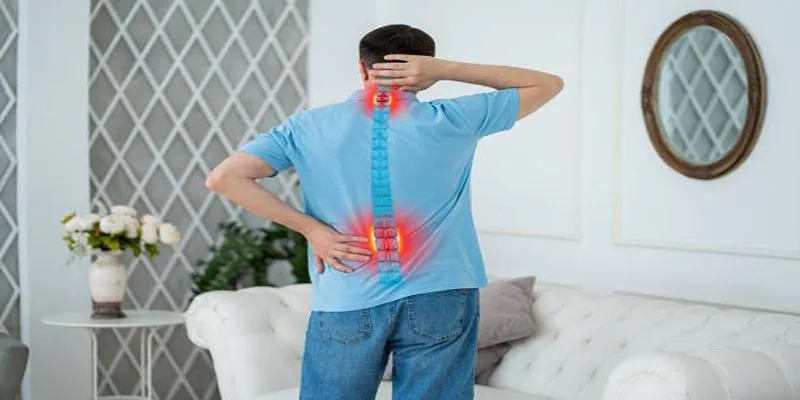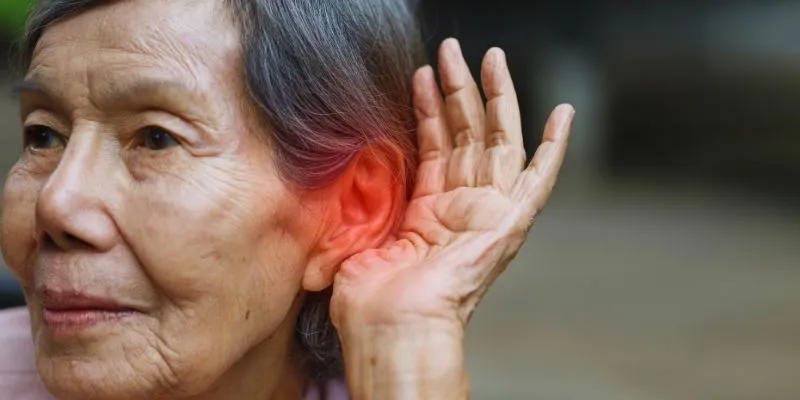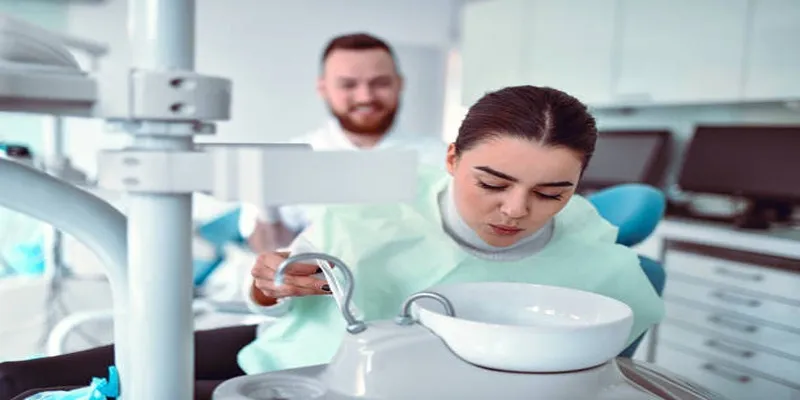Cervical Osteoarthritis: Exploring Symptoms and Treatment Options
Cervical osteoarthritis, also known as cervical spondylosis, is an age-related degenerative disease of the cervical spine. It is a common condition that primarily affects people as they age, due to the degeneration of cervical spine joints and discs over time. This condition can cause significant pain and functional limitations, affecting daily tasks and overall well-being. Symptoms may include neck stiffness, pain, headaches, and occasionally, tingling or numbness in the arms and shoulders related to nerve pressure. Proper diagnosis of cervical osteoarthritis is crucial for effective treatment, typically involving a medical history review, physical examination, and imaging tests.
Understanding Cervical Osteoarthritis:
Cervical osteoarthritis is a form of osteoarthritis that occurs when the cartilage within the cervical spine wears down over time. This degeneration can lead to pain, decreased range of motion, and stiffness, which may limit the function of the neck and its related joints.
Key Risk Factors for Cervical Osteoarthritis:
Several factors can increase the likelihood of developing cervical osteoarthritis, including:
- Aging: With age, wear and tear on the joints intensify, resulting in degeneration.
- Repetitive Motion: Certain occupations or activities may require constant neck movements, accelerating wear and tear.
- Injury: Previous neck injuries, such as whiplash, can lead to an earlier onset of cervical osteoarthritis.
- Genetics: A family history of the condition can influence one’s susceptibility.
Differences Between Cervical Osteoarthritis and Other Neck Conditions:
Cervical osteoarthritis symptoms can overlap with other neck issues like cervical disc herniation, myelopathy, and cervical radiculopathy. It is essential to distinguish between these conditions for accurate diagnosis and treatment:
- Cervical Disc Herniation: Primarily affects the discs rather than the bones, causing sharper pain due to nerve pressure.
- Cervical Myelopathy: Involves compression of the spinal cord and often leads to more severe symptoms like loss of hand coordination.
- Cervical Radiculopathy: Directly involves nerve root irritation and often results in arm pain and numbness.
Symptoms of Cervical Osteoarthritis:

Recognizing the symptoms early is vital for timely intervention. Symptoms can range from mild discomfort to severe pain, with some individuals experiencing significant symptoms while others remain asymptomatic.
1. Neck Pain and Stiffness
Pain is often the first indicator, especially after prolonged periods of inactivity, such as sleeping or sitting. In more advanced cases, the discomfort may radiate to the shoulders and arms.
2. Headaches
Occipital headaches, characterized by pain at the back of the head, are frequently reported and are typically caused by muscle tension due to neck stiffness.
3. Reduced Range of Motion
Over time, those with cervical osteoarthritis may find their neck flexibility and movement diminished, complicating everyday tasks.
4. Nerve Compression Symptoms
The formation of bony growths (bone spurs) due to joint deterioration can compress nearby nerves, leading to symptoms such as:
- Tingling or numbness in the arms and hands
- Weakness in the arms, hands, or fingers
- Loss of Coordination , which may affect motor skills
5. Grinding Sensation
Many individuals experience a crunching or grinding sensation during neck movements, resulting from roughened joint surfaces rubbing against each other.
Diagnosis of Cervical Osteoarthritis:
Accurate diagnosis involves various approaches, including a review of symptoms, physical examinations, and diagnostic imaging. These steps help medical professionals understand the extent and specific characteristics of the condition.
1. Medical History and Symptom Review
A doctor will typically begin with a discussion about medical history, family history of osteoarthritis, lifestyle factors, and a review of symptoms. Questions might focus on the duration and intensity of neck pain, any triggering activities, and any past injuries.
2. Physical Examination
A physical exam helps assess the range of motion, strength, and reflexes. The physician may apply light pressure to specific areas to identify tender spots or nerve compression symptoms.
3. Imaging Tests
Imaging tests are often needed to confirm the diagnosis and rule out other possible causes. Common tests include:
- X-rays: Reveal bone spurs, narrowing of disc space, and other bony changes.
- MRI (Magnetic Resonance Imaging): Offers detailed images of soft tissues, allowing a closer look at spinal cord compression, nerve root involvement, and disc degeneration.
- CT Scan (Computed Tomography): Provides cross-sectional images and can show bone detail more clearly than X-rays.
4. Nerve Conduction Studies
In cases where nerve symptoms are severe, nerve conduction studies or electromyography (EMG) may be conducted to assess nerve function and identify areas of compression.
Self-Care and Pain Management Strategies:

For those diagnosed with cervical osteoarthritis, managing symptoms effectively is crucial to maintaining mobility and comfort. Self-care methods can relieve pain and improve quality of life.
1. Exercise and Physical Therapy
Gentle neck exercises and stretches prescribed by a physical therapist can improve flexibility, build muscle strength, and reduce stiffness.
2. Posture Correction
Good posture minimizes strain on the neck. Ergonomic adjustments, such as raising computer screens to eye level, help reduce the risk of aggravating the condition.
3. Pain Relief Options
- Over-the-counter Medications: Nonsteroidal anti-inflammatory drugs (NSAIDs) can help relieve pain and reduce inflammation.
- Topical Creams: Creams with anti-inflammatory ingredients may also offer temporary relief.
4. Lifestyle Adjustments
Regular exercise, weight management, and avoiding repetitive neck strain can help reduce symptom progression. Activities like swimming or yoga are often beneficial.
Advanced Treatments for Severe Cases:
When self-care and conservative treatments don’t provide sufficient relief, medical professionals may suggest additional therapies.
- Corticosteroid Injections: Injections into the affected area can reduce inflammation and pain, particularly if nerve compression symptoms are present.
- Physical Therapy with Advanced Techniques: Therapists may use advanced techniques, such as cervical traction or electrical stimulation, to improve mobility and decrease pain.
- Surgery: In rare and severe cases, surgery might be recommended to relieve pressure on the spinal cord or nerves. Procedures can involve removing bone spurs, enlarging spaces for nerve roots, or even spinal fusion in advanced cases.
Conclusion:
Cervical osteoarthritis is a manageable condition when identified early and treated with appropriate care strategies. By recognizing symptoms, seeking proper diagnosis, and following a well-planned management approach, individuals can maintain an active lifestyle and reduce discomfort associated with the condition. Regular check-ups and proactive measures, including exercise and posture correction, are essential for long-term neck health and mobility.











